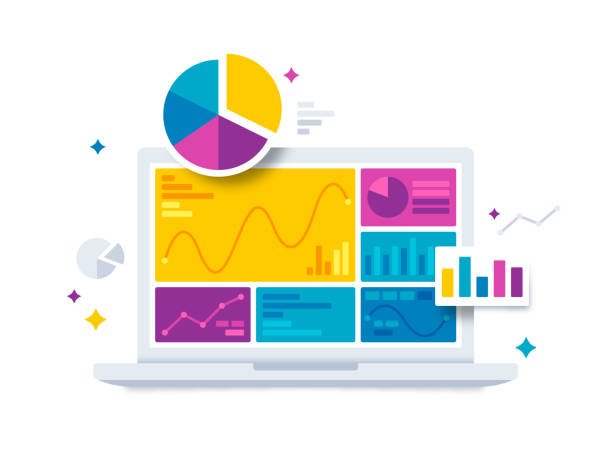How To Make The Most Of Your Employee Training Software

The finest purchases allow for a trial period before buying. What can you do to get the most out of your free trial when the product in question is employee training software?
Read: 5 Virtual Training Trends That Will Improve Your Blended Learning Program
7 Strategies To Make the Most of Employee Training
Free trials are a top-notch marketing tactic from the vendor’s perspective. They make sense and are of tremendous worth. The final three days of a trial period often get rushed through by customers, and software providers are aware. After that, people will still purchase the item to allay their guilt.
These metrics are available to vendors. How, however, can prospective customers avoid this trap that they have created for themselves and get the most out of their LMS test drive? What can you do to make sure your employee training software trial period identifies the product flaws and emphasizes the benefits that increase profits?
Be Easily Accessible
Being reachable will help you maintain contact with both your vendor and your testers. Be a middleman when running the free trial as the person in charge. You can communicate the worries of your staff to your vendor. You can use non-testers questions to help determine the trial assessment.
Additionally, by engaging in active communication, you are testing the software’s feedback loop, a crucial component of any training program. Also, be constant in your communication. If queries don’t come up naturally, follow up on them and actively ask employees for clarification.
After your employee training LMS trial, you may even consider scheduling a meeting with the vendor to discuss any issues.
Create A Pile Of Questions For Your Demo
Demonstrations of employee training software operate slightly differently. A vendor representative normally greets you at the meeting, demonstrating the item and answering your inquiries. To make the most of your time, though, you must be organized (and respect theirs).
Gather your team together to discuss the LMS pain points they are now experiencing and the expectations they have for the new system. The price (what’s included) and support services should be the main topics of discussion as well. The system’s ability to assist you in achieving your goals is also discussed.
Cut Across Devices
You’re likely to encounter compatibility concerns unless your company distributes universal phones and PCs. Find out what kinds of devices your crew is actively using as part of your testing setup. Next, test the new software on every single one of them, or at the very least a representative from each class.
These could include screen configurations, computer and mobile operating systems, computer and mobile operating systems, and phone brands. You can take it a step further and determine whether it is accessible to people with disabilities, students who are less tech-savvy, or speakers of rare first languages.
Set Aside Time
Given that free trials have expired, this may appear unnecessary. A month or 14 days are both possible. Your testers must finish other office-related chores, nevertheless. So, make time available for them during the trial. Rearrange their schedule or designate a certain time for testing.
You may pay overtime to let them use your training program after business hours. Or you may ask them to do it at home while you test the time tracker. (To be certain how long they actually spent using the training app.)
Pick The Right Team
Your training software will be used by some employees more often than others. Furthermore, each department will utilize a different section of the course. Their career path will be determined by their duties or job description. In each pertinent region, use a minimum of two testers.
Also, ensure sure the tester is knowledgeable about the testing industry. Employees in customer service and tech support can, for instance, test call recording technologies. L&D is able to test features for mobile content development. Payroll, quotes, and invoices can all be tested by accountants. Workers in the warehouse, salespeople, and delivery crews can test for offline ease of access.
Test Against Existing Software
There are two parts to this section of your software exam. First, you need to compare it to your previous training program. Does it have every functionality you require? Has anything important been left out? Is it more effective, efficient, durable, or affordable? Is it actually better than what you already have?
The second stage of testing is then how it interacts with other people. Does it work with the additional, non-training software you use at work? Is the system comprehensive enough to combine software responsibilities, or can they be combined into a single system?
Use Your Features List
You undoubtedly had particular qualities in mind as you were (window) shopping. Others would be wonderful to have but weren’t necessary. During your trial, refer to that list. Send it to your testers who have signed up for a free trial and give them a portion of each pertinent feature.
For instance, you might be interested in reporting tools, learning curves, asset management, or ease of use. Each tester should document their results clearly in writing (and present them). To prevent the last-minute rush, check in with your testers every day or once a week. Everyone’s time is wasted by such kind of procrastination (and money).






